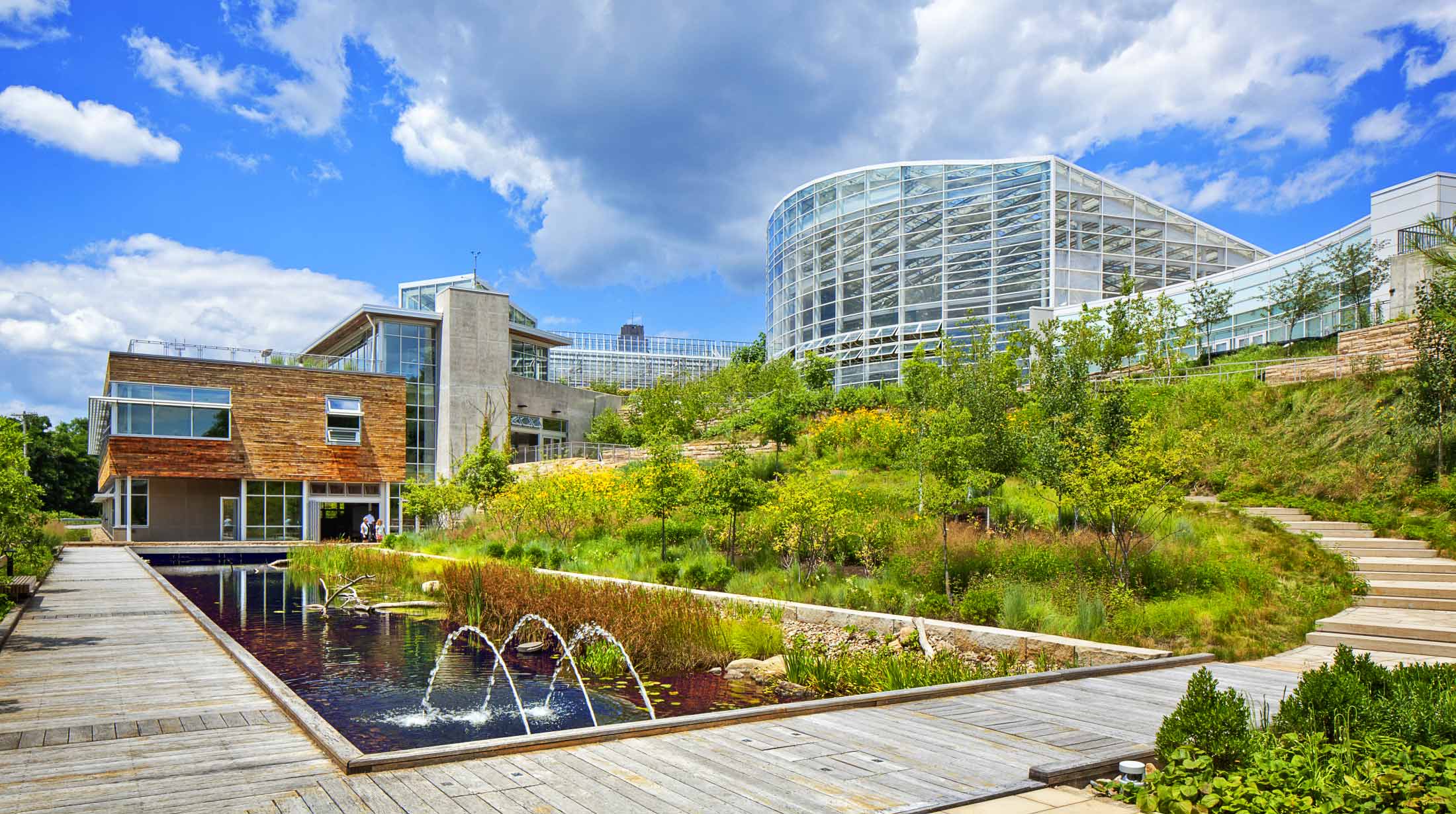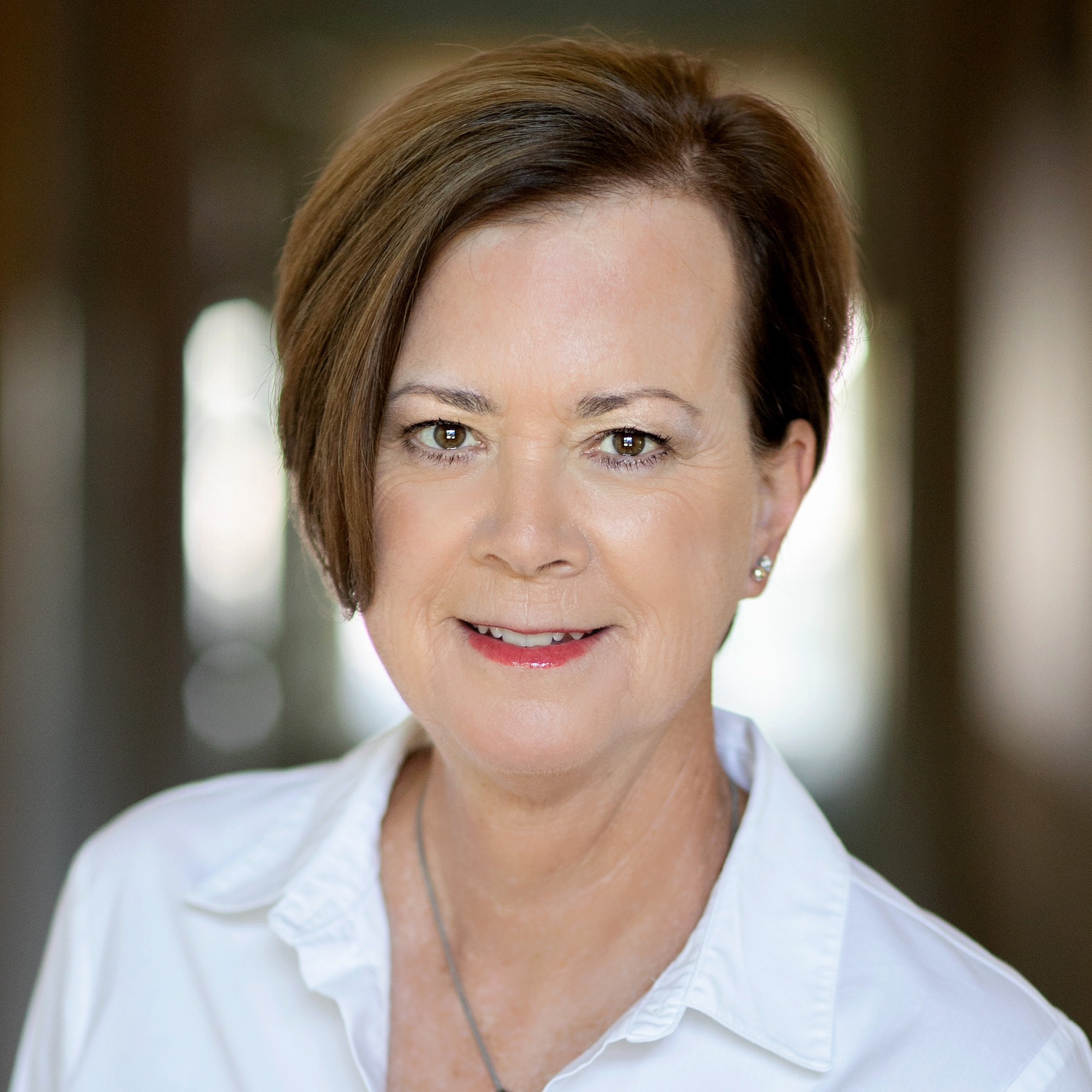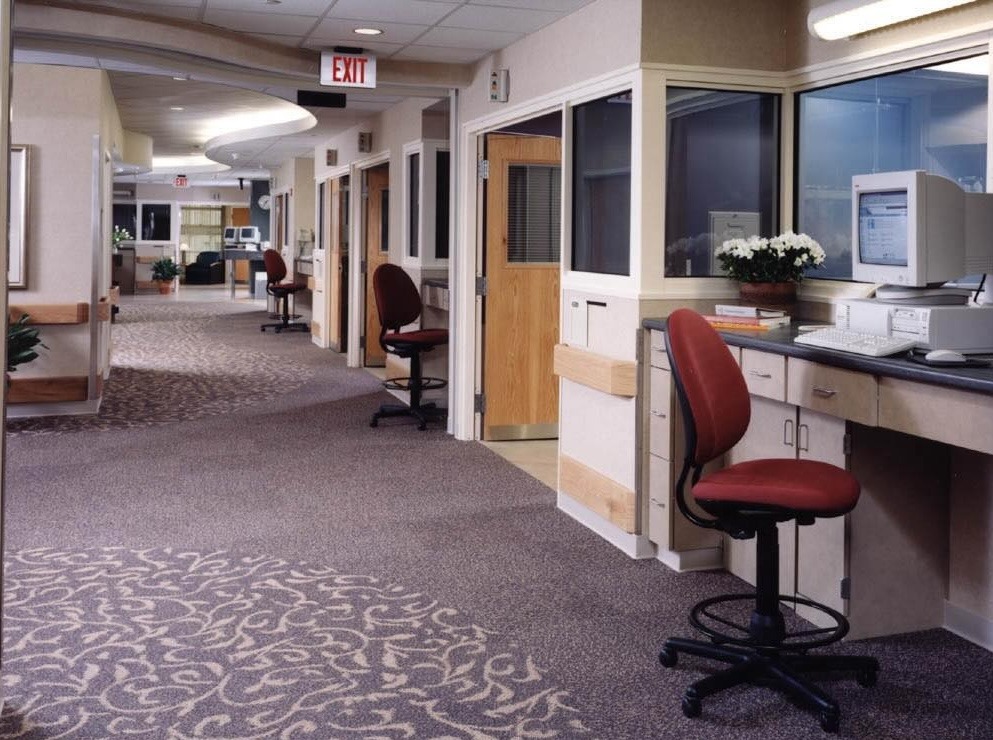As you may have noticed, I've been thinking and writing a lot lately about healthy building design. Mostly that's because as we emerge from the Covid-19 pandemic, the impact that the physical environment has on our health has never been more clear.
The simple definition of a healthy building is one that supports the health and well-being of both people and the planet. How that is accomplished is much more complex.
And every building is different.
The Greenest, Healthiest Building on the Planet?
I joined an interesting conversation on Clubhouse earlier this week from the Architecting Club that featured Richard Piacentini, President and CEO of the Phipps Conservatory and Botanical Gardens (pictured above) in Pittsburgh, Pa.
Since 1994 Richard has led the green transformation of Phipps, including construction of the Center for Sustainable Landscapes, a self-described "living museum" and the only building in the world to meet the Living Building Challenge (green design), LEED Platinum (green design), WELL Platinum (healthy building), SITES Platinum (landscape), BREEAM Outstanding (green design), and Fitwel 3 Stars (healthy building) certification.
After listening to Richard talk about all these certifications and the important intersection between the built and natural environment, I raised my virtual hand and was invited on the virtual stage to ask a real question.
Acknowledging this amazing accomplishment, I explained my interest in healthcare design and pointed out that getting and maintaining these certifications takes a lot of resources that many healthcare organizations aren't willing to commit. So I asked Richard if you could get just one or two certifications, which would it be?
And the Answer Is...
Richard responded that he felt much could be learned from all these certifications, and that depending on the sector and building type, some may be more appropriate than others. But he said if he could just do one, it would be the Living Building Challenge (LBC), which was launched by the International Living Future Institute in 2006.
I don't know much about the LBC, but unlike some of the other certifications, compliance is based on actual, rather than modeled or anticipated, performance. Projects must be operational for at least 12 consecutive months prior to audit.
The LBC website says that it is "a philosophy, certification, and advocacy tool for projects to move beyond merely being less bad and to become truly regenerative." It is based on seven performance categories: Place, water, energy, health+ happiness, materials, equity, and beauty.
It may be that the LBC offers the best combination of the sustainability goals of LEED and the human health components of WELL and Fitwel. But the special nature of healthcare buildings, which are high-stress environments that serve people whose health might already be compromised, also means that there may not be a "one-size-fits-all" certification.
Design of the Soundscape
The other interesting thing that Richard mentioned is how Phipps is incorporating ambient field recordings of Western Pennsylvania by sound artist Abby Aresty. If there is a lot of activity in the space, you might not hear it. But if you move to a less busy area or the place clears out, the sounds of birds chirping, bugs buzzing, or trickling water might greet your ears.
How cool is that?
And I'm thinking this has an application in healthcare, perhaps in an atrium lobby like the one in the Lurie Children's Hospital in Chicago.
Interesting, too, that sound isn't a part of the LBC's performance categories. It's one of the 10 concepts in the WELL Building Standard.
More About Phipps Green Transformation
Check out Richard's 2019 TEDx Talk, "What We Can Learn From An Old Glasshouse."
P.S. Please do me a favor -- if you liked this post and like this blog, please share it with others by sending them the link or posting it on your Twitter, LinkedIn, or Facebook. Also, don't forget to subscribe, so you'll get emails when new content is posted. Thanks!







